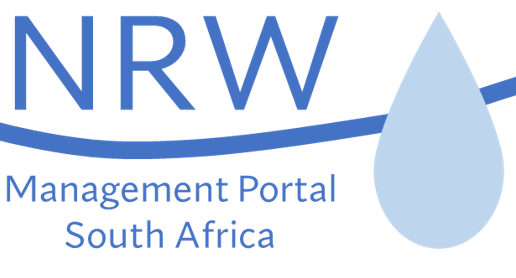While managing water pressures in a supply area is not simple and there are a great many issues to consider, the common factor in every system is the fact that leakage is driven by pressure and if the pressure is increased, the leakage will also increase. If the water pressure in a system can be reduced, even for a short period during times of low demand, the water leakage from the system will be reduced. Pressure has been recognised as the single most important issue to be considered when trying to reduce leakage from a water reticulation system.
Tag: Potable water
Determining How Much is Just Enough
South Africa is a water-scarce country, which means it water resources are limited. The country does not have that frequent rainfalls to ensure adequate crop growth.
Pressure Management Program (PRESMAC)
The PRESMAC model represents one of several models that are being developed through the WRC in order to assist water suppliers to manage and reduce their levels of unaccounted-for water.
Tariffs
Water service tariffs are associated with the supply of potable water and with the managing and sanitizing the used (waste) water.
Experiences with advanced water metering in South Africa
Advanced water metering is part of a larger movement towards smart networks and intelligent infrastructure. In high-income countries, advanced metering technology is generally focused on the need to obtain meter readings without human intervention. However, in South Africa and other developing countries, advanced water metering is driven by the need to provide services to previously unserved communities and deal with the problems caused by rapid urbanisation.
Aqualite v204
Aqualite v204
Assessment of apparent losses due to meter inaccuracy – a comparative approach
The empirical method for the determination of apparent water losses, using the assessment of consumption patterns and the laboratory testing of water meters, is compared against alternative methods of comparative billing and meter change analyses for one of the largest water utilities in South Africa.
National Pricing Strategy for water use Charges
This strategy seeks to facilitate reform in the sector as well to provide transparency and predictability to water users on how water will be priced.
Guidelines for Pressure Management
This document includes the results from eight pressure management pilot projects undertaken in South Africa, using the PRESMAC Pressure Management Program which has been developed for the South African Water Research Commission.
Benchmarking of Leakage from Water Reticulation Systems in South Africa 2005
The BENCHLEAK model was developed to evaluate levels of leakage and non-revenue water in potable water distribution systems. The first study involved developing the model with a limited budget for checking the various data sets used to test the model. The main objective of the follow-on study was therefore to use the model to evaluate the levels of leakage in approximately 30 water utilities throughout South Africa.
